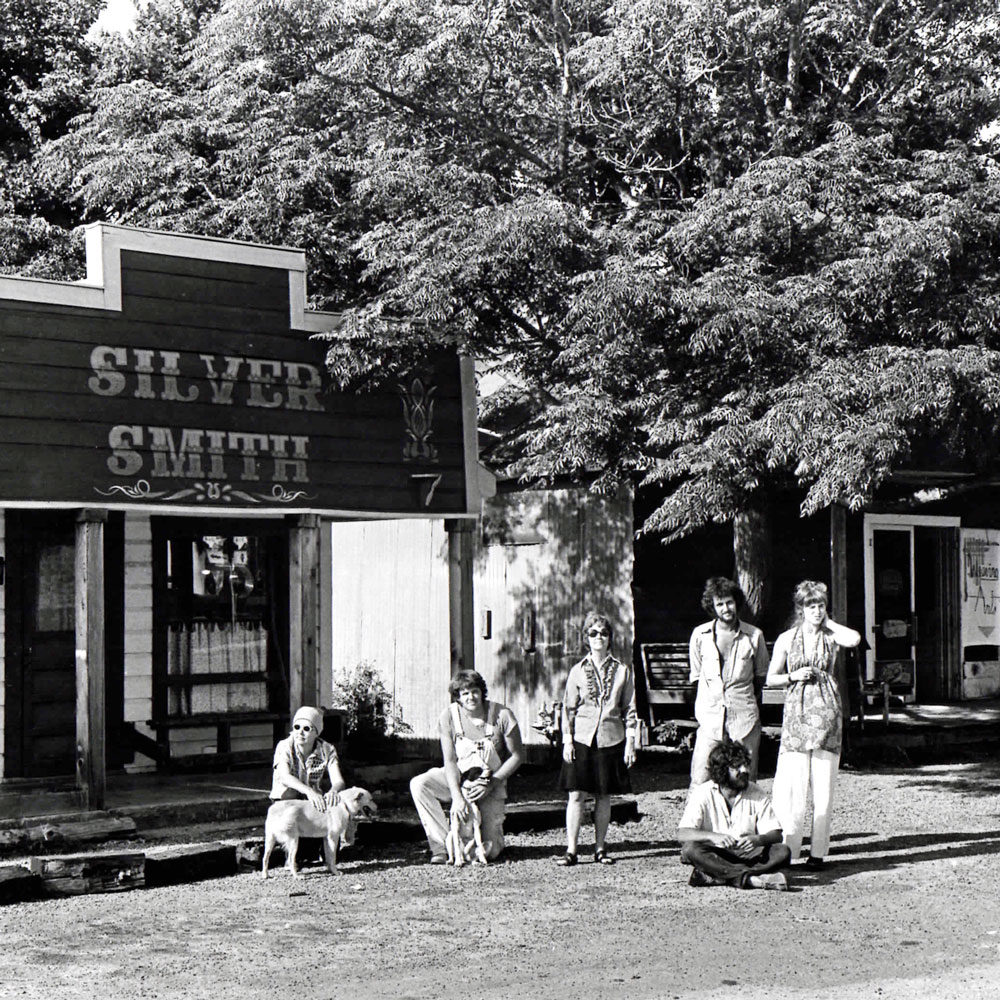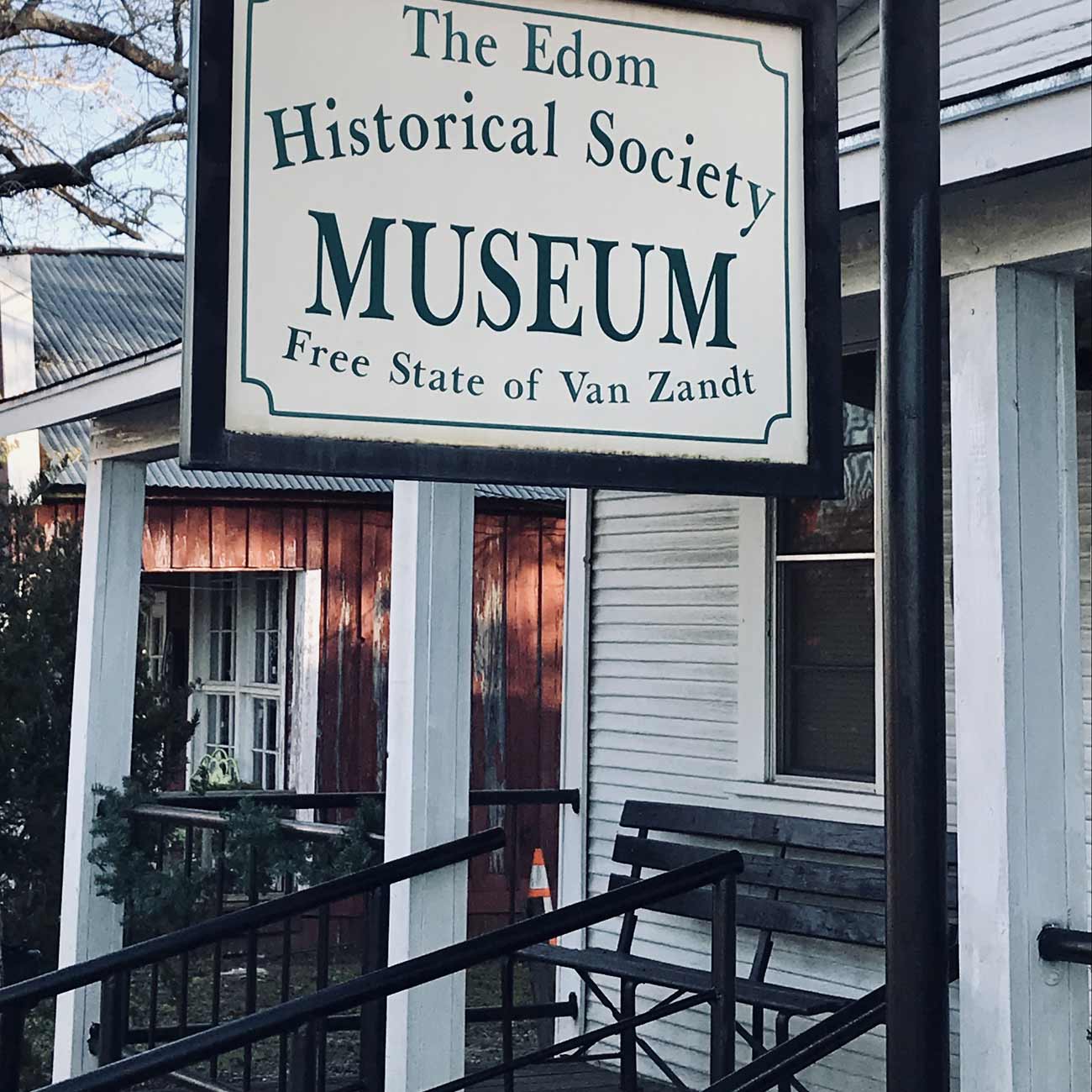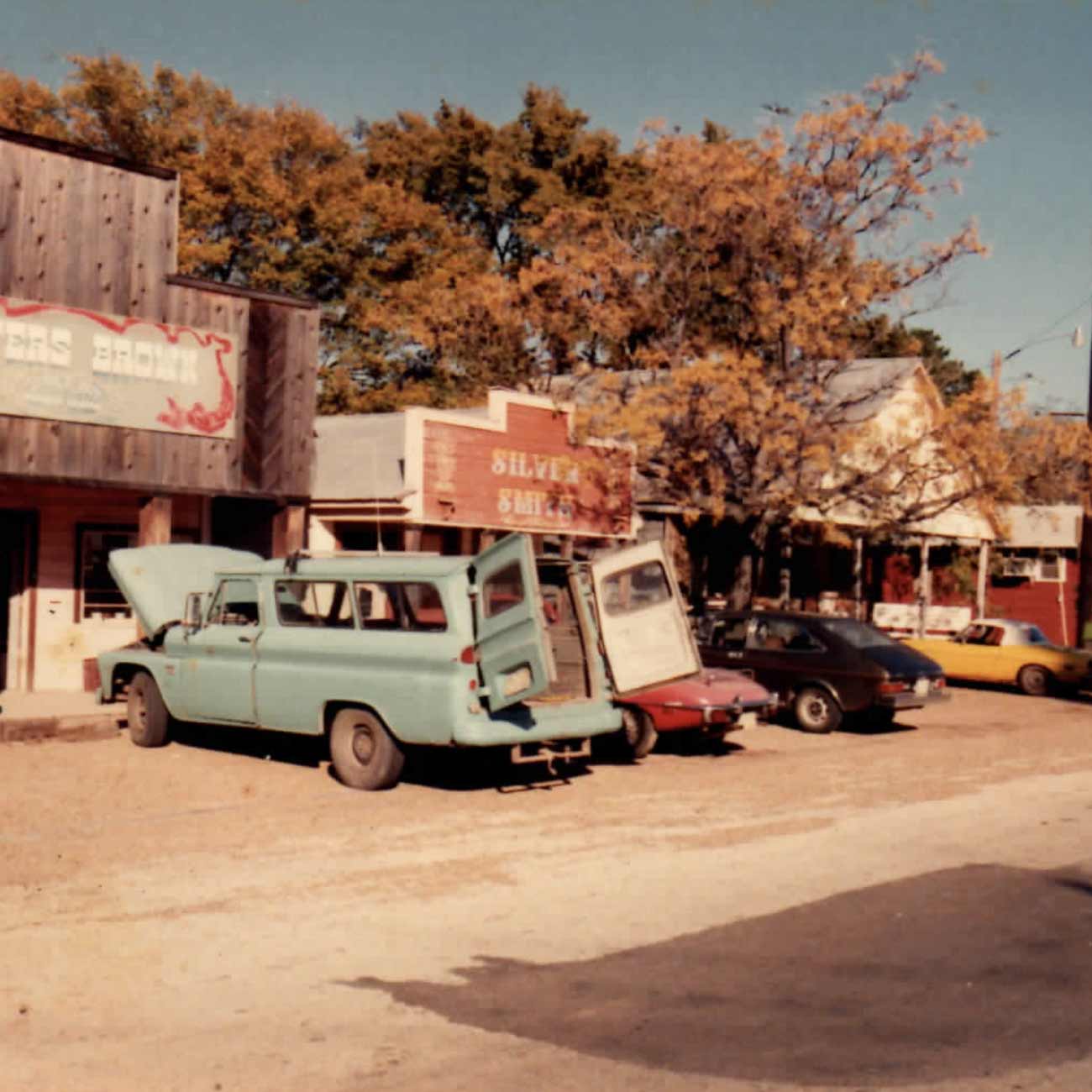
About Edom, Texas
A Community of Artisans
In 1971, potter Doug Brown opened Edom’s first artist studio where he began creating and selling his pottery. In 1972, Doug held the first Edom Art Festival in which he invited fellow artists to participate. The festival was a tremendous success and soon the community of full time artists setting up shop grew to include jewelry makers, woodworkers, weavers and glass artists. 50 years later, Edom has become a mecca for art and the Edom Art Festival continues to thrive, attracting thousands each year during the second weekend of October.


Organized in 1852
Edom is located at the crossing of Farm to Market Roads 279, 314, and 2339, and is sixteen miles southeast of Canton, in southeast Van Zandt County. It is the third oldest town in the county, and was first established several miles from its present site in 1849, and was organized as a post office called Hamburg in 1852.
Early Beginnings
In 1855, the post office moved one mile south of the present townsite. There, it was renamed Edom for the name given to Esau in the book of Genesis. Local saloons filled with lumberjacks, freighters, and traders as the community became a stopover on the Porter’s Bluff and Tyler Road. Later on, the town was moved again to its present location. By 1860 it had a Baptist church, a Methodist church, a hotel, a Masonic lodge, a sawmill, a tan yard, a wagon factory, and a boot, shoe, and saddle shop.


Early Beginnings
In 1855, the post office moved one mile south of the present townsite. There, it was renamed Edom for the name given to Esau in the book of Genesis. Local saloons filled with lumberjacks, freighters, and traders as the community became a stopover on the Porter’s Bluff and Tyler Road. Later on, the town was moved again to its present location. By 1860 it had a Baptist church, a Methodist church, a hotel, a Masonic lodge, a sawmill, a tan yard, a wagon factory, and a boot, shoe, and saddle shop.

A Rich History
The Edom schools, which opened in 1866 with children of former Indian captive Cynthia Ann Parker in attendance, enrolled 130 pupils in 1904. By 1876 a Grange was formed, and local farmers responded to worsening 1880s farm prices by forming a chapter of the Farmers’ Alliance at nearby Red Hill on November 20, 1885. By 1914 the town had a cotton gin and four general stores. Railroad service failed to reach Edom, yet its population grew from 150 in the 1890s to between 200 and 300, where it remained from the 1920s to the present. Edom was an independent school district until 1966, when it was consolidated with Van.
